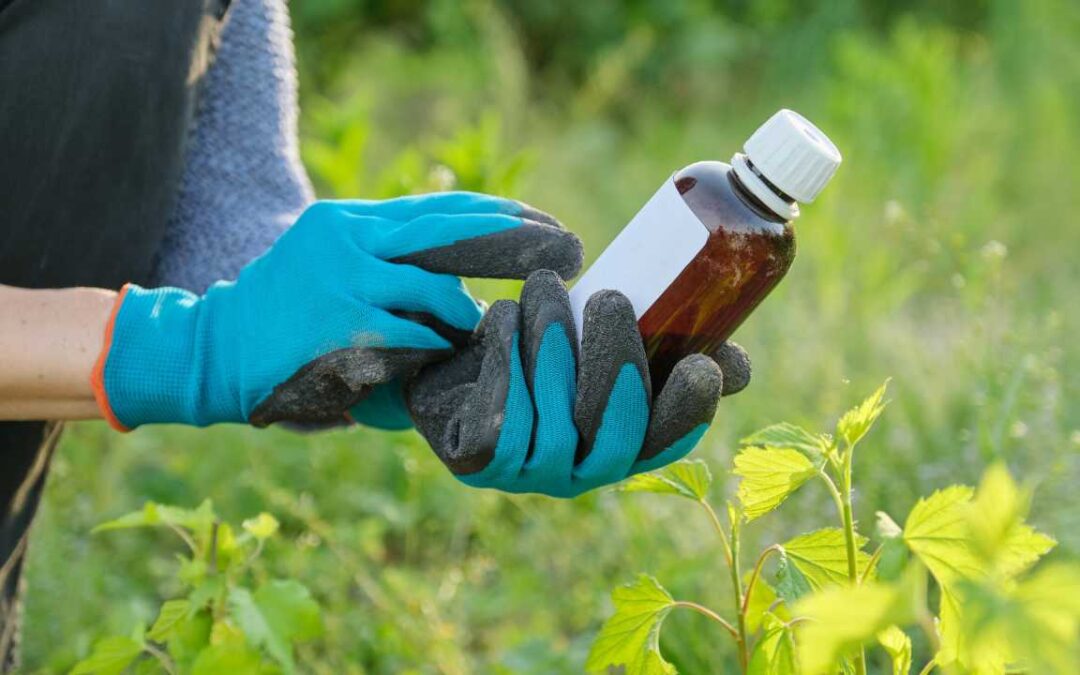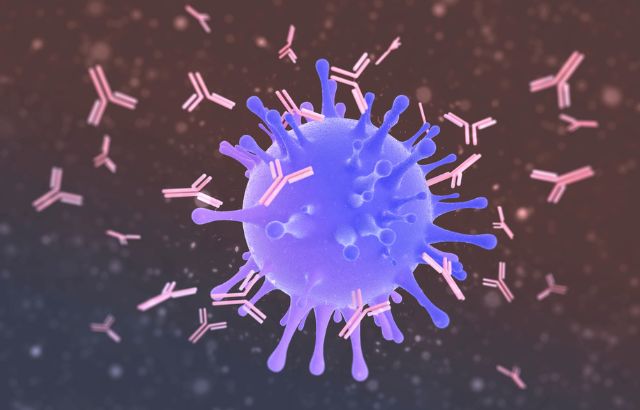In the battle against weeds that threaten our crops, conventional herbicides have been a go-to solution for decades. However, the environmental repercussions of these chemicals have raised concerns about their sustainability. In recent years, there has been a growing interest in green herbicide safeners as an eco-friendly alternative. This blog post aims to compare the ecological consequences of traditional herbicides with the more sustainable outcomes of herbicide safeners.
Conventional Herbicides: A Double-Edged Sword
Conventional herbicides have been instrumental in increasing agricultural productivity by effectively controlling weed growth. However, their impact on the environment has been a cause for alarm. The primary concerns include:
- Soil Contamination: Traditional herbicides can leach into the soil, affecting its health and fertility. This contamination can lead to long-term damage, disrupting the balance of the ecosystem.
- Water Pollution: Runoff from fields treated with conventional herbicides can find its way into nearby water bodies, contaminating them and posing a threat to aquatic life. The chemicals in these herbicides have been linked to adverse effects on fish and other aquatic organisms.
- Biodiversity Loss: The broad-spectrum nature of traditional herbicides means they don’t discriminate between weeds and other plants. This can result in a loss of biodiversity as non-target plants crucial for local ecosystems are also affected.
Green Herbicide Safeners: A Sustainable Alternative
Herbicide safeners are a newer class of herbicides designed to address the environmental concerns associated with traditional herbicides. These eco-friendly alternatives offer several advantages:
- Targeted Action: Green herbicide safeners are designed to target specific weeds without affecting other plants. This targeted action minimizes the impact on non-target species, preserving biodiversity.
- Biodegradability: Unlike many conventional herbicides that persist in the environment for extended periods, herbicide safeners are often biodegradable. This means they break down into harmless compounds, reducing their ecological footprint.
- Less Residual Impact: Green herbicide safeners typically have a lower residual impact on soil. This reduces the risk of soil contamination and helps maintain soil health over the long term.
Conclusion
While conventional herbicides have played a crucial role in modern agriculture, their environmental impact cannot be ignored. The shift towards green herbicide safeners represents a positive step in creating a more sustainable and eco-friendly approach to weed control. By opting for targeted action, biodegradability, and minimal residual impact, herbicide safeners offer a promising solution for maintaining crop health without compromising the well-being of our environment. As we strive for a more sustainable future, embracing these greener alternatives can contribute to a healthier, more balanced ecosystem.












